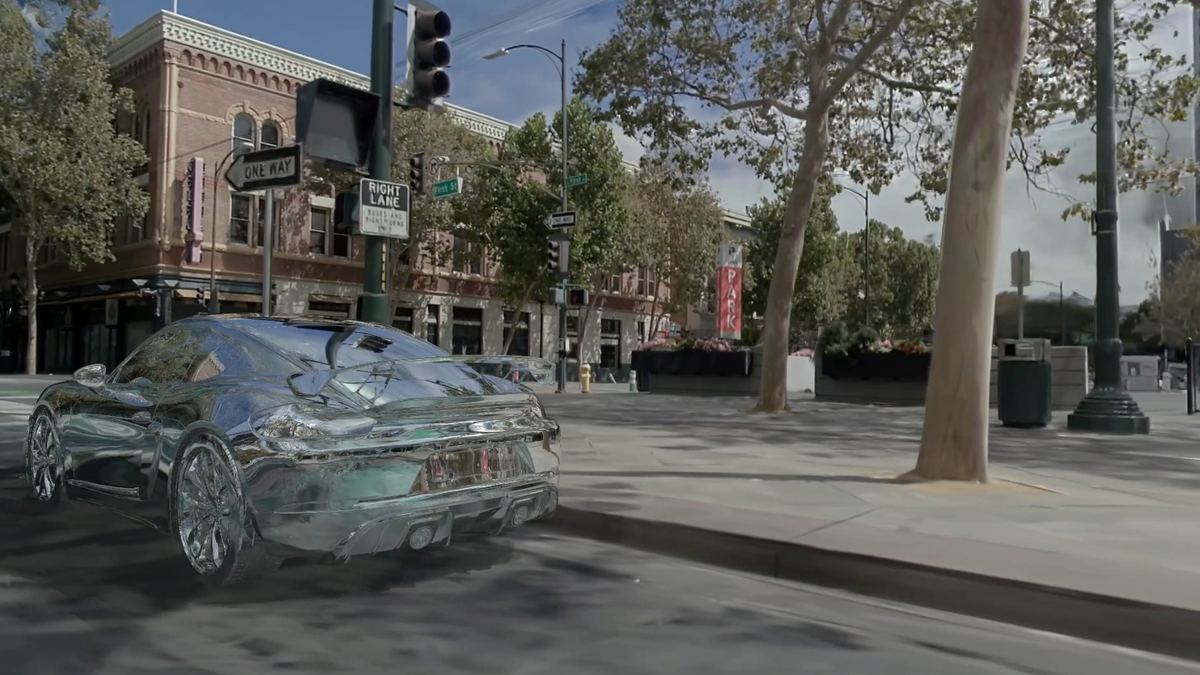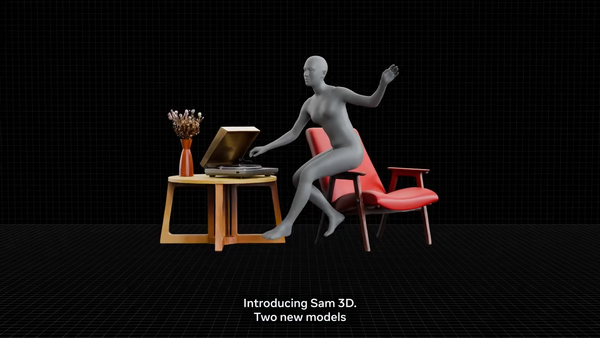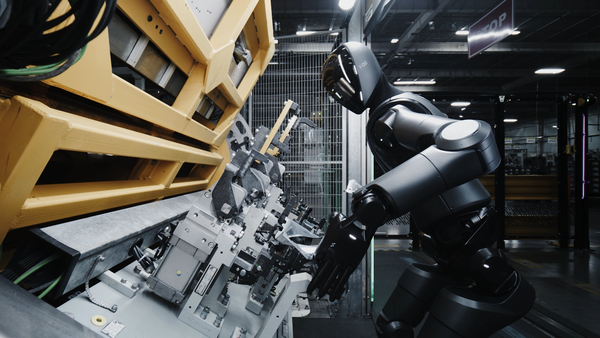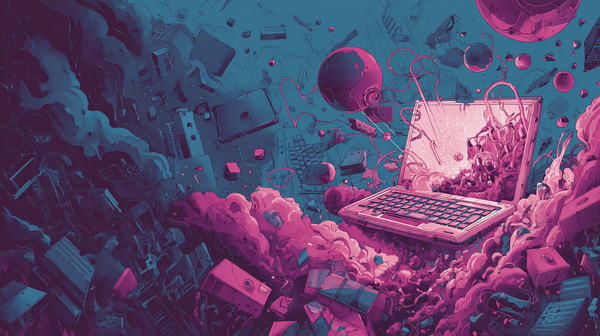NVIDIA Boosts Robotics With New Simulation, AI Models, and Cloud Infrastructure

- NVIDIA launched new simulation libraries, AI world models, and cloud-powered tools to create realistic virtual environments for robotics.
- Amazon Devices & Services, Boston Dynamics, Figure AI, and Magna are among the first to deploy them for manufacturing, robotics development, and autonomous delivery.
At SIGGRAPH, NVIDIA expanded its robotics development platforms with new simulation libraries, AI world foundation models, and integrations between existing tools. The updates add more realistic simulations, make it easier to share data between systems, and give AI models better reasoning skills.
“Computer graphics and AI are converging to fundamentally transform robotics,” said Rev Lebaredian, vice president of Omniverse and simulation technologies at NVIDIA, in an official press release. “By combining AI reasoning with scalable, physically accurate simulation, we’re enabling developers to build tomorrow’s robots and autonomous vehicles that will transform trillions of dollars in industries.”
NVIDIA’s latest software updates aim to make robotics simulation more realistic and accessible. New interoperability between MuJoCo, a physics engine for robot learning, and OpenUSD, a standard for describing 3D scenes, allows developers to move robot designs between simulators. NuRec ray-traced 3D Gaussian splatting enables detailed reconstruction of real-world environments from sensor data. NVIDIA has also opened its Isaac Sim 5.0 simulation framework and Isaac Lab 2.2 learning framework to the open-source community, and integrated them with tools like CARLA and FiftyOne to streamline the creation of synthetic training data.
NVIDIA’s new Cosmos world foundation models speed up and improve the accuracy of generating training data for robots from text, image, and video prompts. The latest model, Cosmos Reason, enables AI agents to interpret environments, plan multistep tasks, and respond to unfamiliar situations with common-sense decision-making. Early adopters are using Cosmos for autonomous vehicles, city delivery systems, industrial inspection, and traffic monitoring.
To support these advances, NVIDIA introduced RTX PRO Blackwell Servers and expanded DGX Cloud access on Microsoft Azure, enabling large-scale robotics simulation, AI training, and OpenUSD-based 3D applications without on-premises infrastructure.
Leading companies are already adopting NVIDIA’s new tools. Amazon Devices & Services is applying them in manufacturing, Boston Dynamics and Figure AI are advancing robotics development, and Magna is integrating them into its autonomous delivery platform.
🌀 Tom’s Take:
Accurate simulation is how robots and autonomous vehicles learn to navigate the real world before they ever touch it. By making these simulations more realistic and compatible with more tools, NVIDIA is giving more developers a chance to build systems that perform better in the field.
Source: NVIDIA






